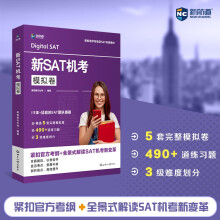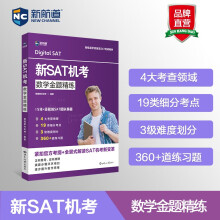In the analysis of John, baked Mary a cake, construction grammar and conceptual frame (CF) produces comparable results. Their similarities areas follows. First, the argument structure is equivalent to the causation structure; the verb frame is equivalent to the action structure in this case (though they are different in nature). Second, in construction grammar the verb bake does not bear the sense of cause-receive; in the CF, Act does not conflate with Cause and Cause does not have a lexical realization. On this point, both construction grammar and the CF stand on the opposite side to lexical rules-construction denotes a particular conceptual structure of its own. Third, the form-meaning correspondence in construction gram- mar is comparable to form-meaning realization if not considering a differ-ence between grammatical relations and grammatical elements in this case.
However, when it comes to John gave Mary a kiss, constructiongrammar, which takes it as a metaphorical extension, is not able to depict the whole picture.One argument structure "Cause-receive ," which mainly focuses or!causation, cannot capture the ac-tion structure of kissing. And this action structure is crucial to the actualcomprehension of the sentence. This is where the CF diverges from con- struction grammar-the action structure in the CF is defined in terms of theaction involved in the event, not in terms of the verb. The action denoted by John, gave Mary a kiss is kissin,g rather than givin,g in terms of what hap-pens in reality. This is why the argument structure in construction grammarcannot be adopted here: it is not a real conceptual structure, more similarto semantic structure. Levin (2004: 1) notes that, though differing inhow much meaning is allocated to the syntax and how much to the lexicon,construction grammar and lexical rules "incorporate the same important as-sumption about the nature of the meaning of sentences with verbs and theirarguments. "
……
展开










